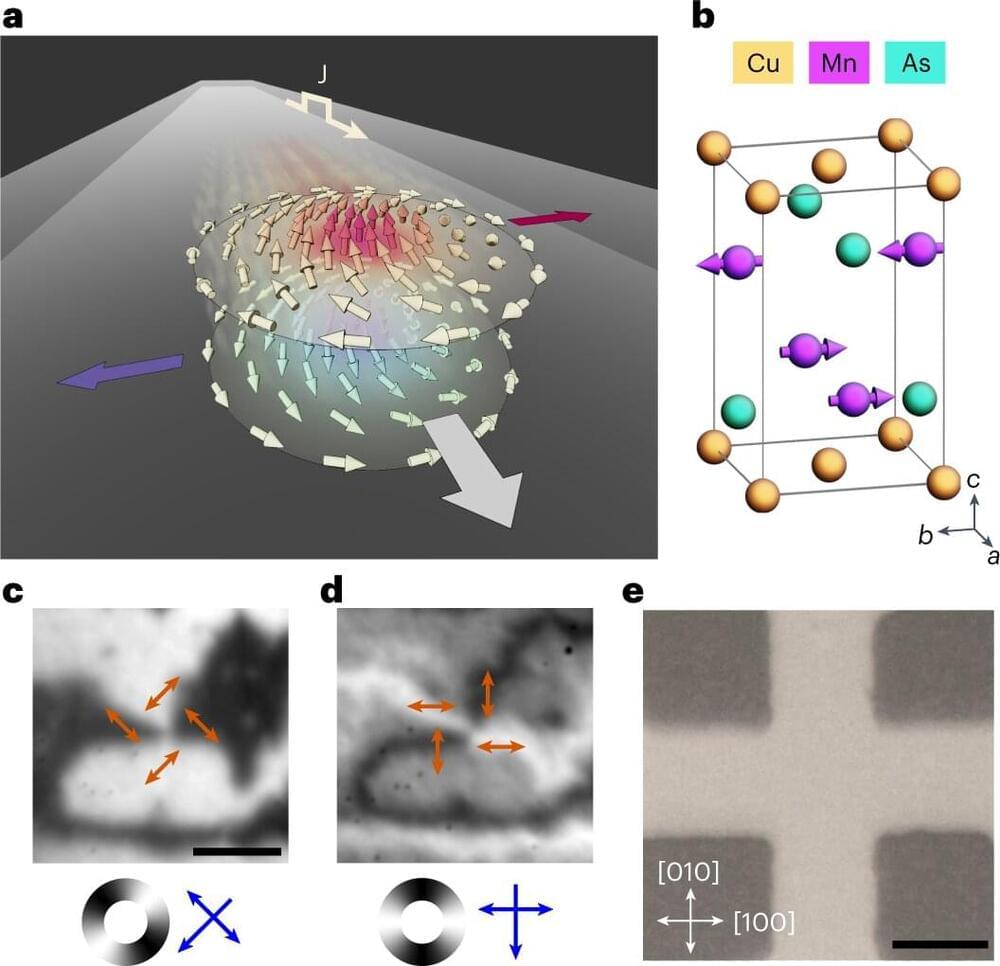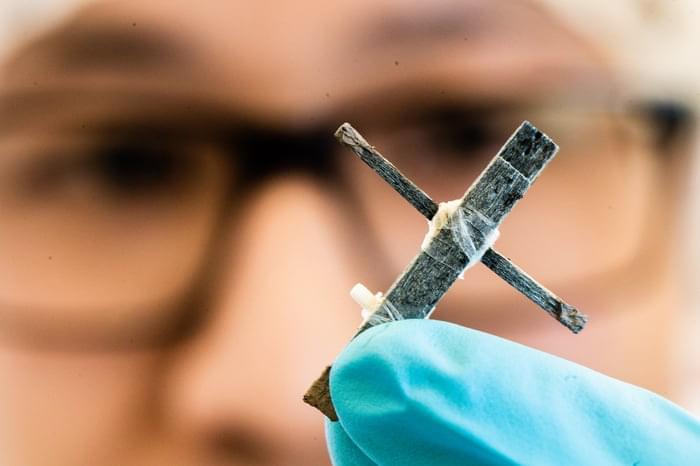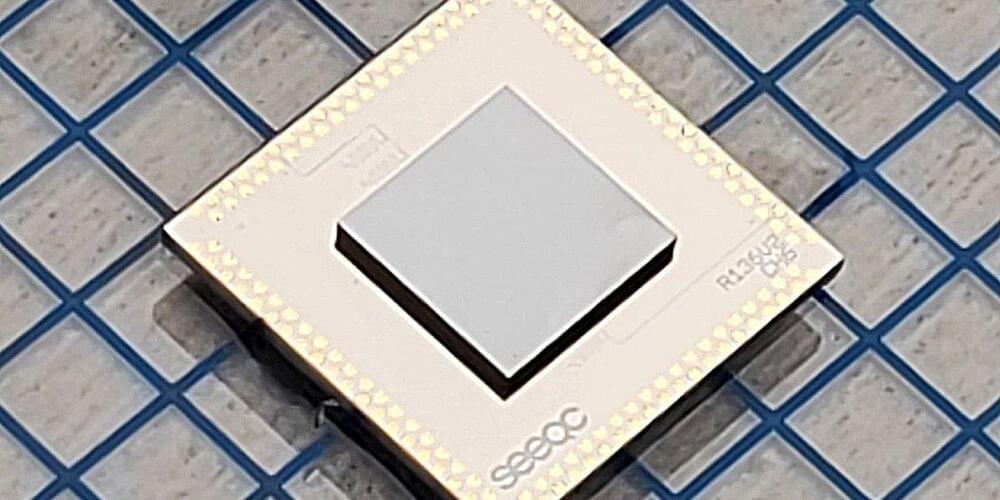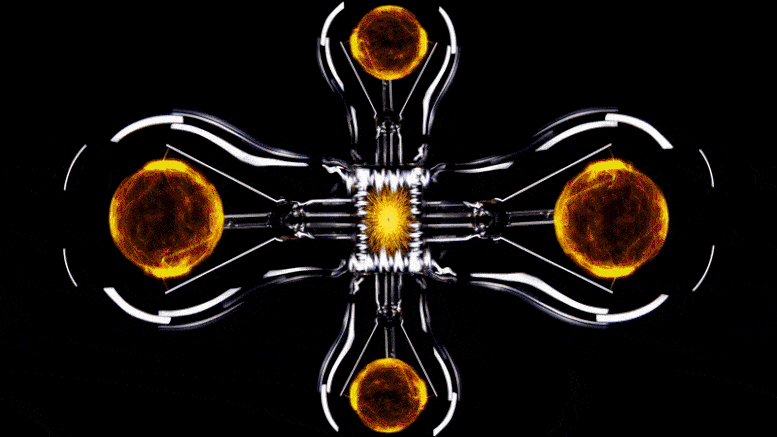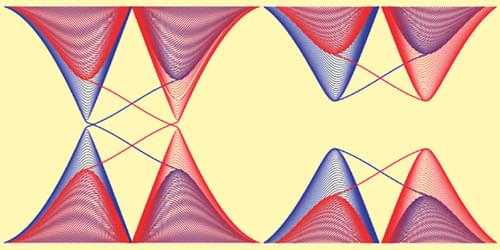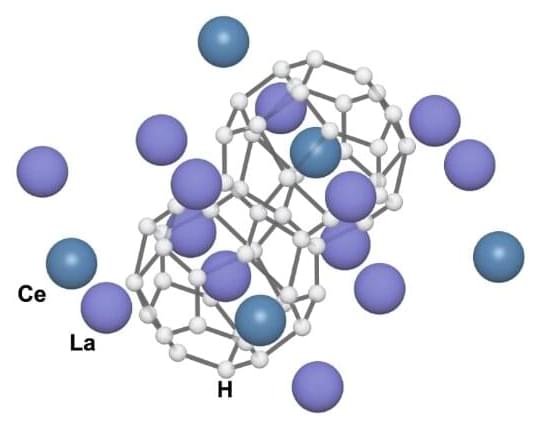A new study has shown for the first time how electrical creation and control of magnetic vortices in an antiferromagnet can be achieved, a discovery that will increase the data storage capacity and speed of next generation devices.
Researchers from the University of Nottingham’s School of Physics and Astronomy have used magnetic imaging techniques to map the structure of newly formed magnetic vortices and demonstrate their back-and-forth movement due to alternating electrical pulses. Their findings have been published in Nature Nanotechnology.
“This is an exciting moment for us, these magnetic vortices have been proposed as information carriers in next-generation memory devices, but evidence of their existence in antiferromagnets has so far been scarce. Now, we have not only generated them, but also moved them in a controllable way. It’s another success for our material, CuMnAs, which has been at the center of several breakthroughs in antiferromagnetic spintronics over the last few years,” says Oliver Amin.
